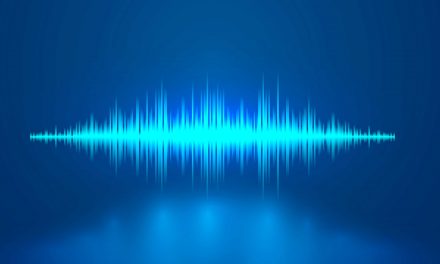Whether you’re a podcaster, voiceover artist, or video editor, capturing clean audio is essential. But even with a great mic and quiet space, background noise, breaths, and mic bleed can sneak into your recording. That’s where noise gating comes in.
In this guide, we’ll walk you through how to set a noise gate with laser accuracy in Adobe Audition CC – so your final audio is smooth, clean, and professional.
🎧 What Is a Noise Gate?
A noise gate works like an automatic mute button. It opens (lets sound through) when your voice or another audio source is loud enough and closes (blocks sound) when it’s below a certain threshold. Think of it as a smarter alternative to manual silence cutting or breath removal.
Used correctly, it:
- Removes subtle background hiss or hum
- Silences mic bleed between speech
- Reduces post-processing time
Used poorly? It can chop off the start or end of words, create unnatural silence, or make your voice sound gated and robotic.
🛠️ How To Set a Noise Gate in Adobe Audition CC
Here’s a step-by-step method to dial in your noise gate precisely – without sacrificing natural sound.
1. Open the Dynamics Effect
- Highlight your audio.
- Go to:
Effects>Amplitude and Compression>Dynamics. - In the Dynamics window, check the Gate box.
2. Set the Threshold
- The Threshold is the decibel (dB) level where the gate opens.
- Start around -40dB to -50dB for podcast speech.
- Play a quiet section to see where your background noise sits, and adjust accordingly.
🎯 Pro tip: Use Adobe Audition’s real-time preview to fine-tune while listening. This is the “laser accuracy” part – getting surgical about the level where your background noise ends and your voice begins.
3. Adjust Attack and Release
- Attack determines how quickly the gate opens when audio exceeds the threshold.
- Release controls how quickly it closes after the sound drops below the threshold.
- Try settings like:
- Attack: 1–3 ms
- Release: 100–200 ms
- These numbers preserve natural speech without abrupt cuts.
4. Set the Ratio (If Available)
In some gate plugins (like multiband compressors or third-party gates), you’ll also find a ratio – how aggressively the gate suppresses noise. For most spoken word audio, a high ratio (or full gate) works best.
Fine-Tuning: Listen in Context
Once set, listen through the full track. Pay attention to:
- Syllables getting cut off? Raise the release time slightly.
- Soft speech not coming through? Lower the threshold a little.
- Gate sounds too aggressive? Ease up on the ratio or increase attack time.
Remember, it’s not about total silence – it’s about natural clarity.
Bonus: Pair with Background Noise Removal
While a noise gate is great at trimming unwanted audio between speech, it won’t eliminate constant background sounds like fan hum, computer noise, or room tone.
That’s why we recommend pairing your noise gate with noise reduction techniques like Adobe Audition’s Adaptive Noise Reduction or Noise Print Capture.
👉 See this guide for a step-by-step walkthrough:
How To Remove Background Noise From Audio in Adobe Audition
🚫 Common Noise Gate Mistakes (And How to Avoid Them)
A badly set noise gate can do more harm than good. Here are a few mistakes we see all the time — especially with new podcasters:
- Setting the threshold too high – this chops off quiet speech.
- Using aggressive attack/release – creating robotic audio.
- Relying only on a gate to fix noisy recordings.
- Applying the gate before editing – always clean and cut first.
- Not previewing changes – trust your ears, not just the waveform.
Want to avoid even more rookie errors?
👉 Check out this must-read:
5 Biggest Mistakes Podcasters Make
Final Thoughts: Clean Audio Is Competitive Audio
Setting a noise gate with precision can dramatically clean up your recordings, reduce editing time, and elevate your podcast or voiceover project to pro-level sound. Adobe Audition CC gives you all the tools – you just need to train your ears and fine-tune with intention.
Take the time to test, tweak, and listen back – and soon enough, you’ll be applying gates with laser accuracy.




